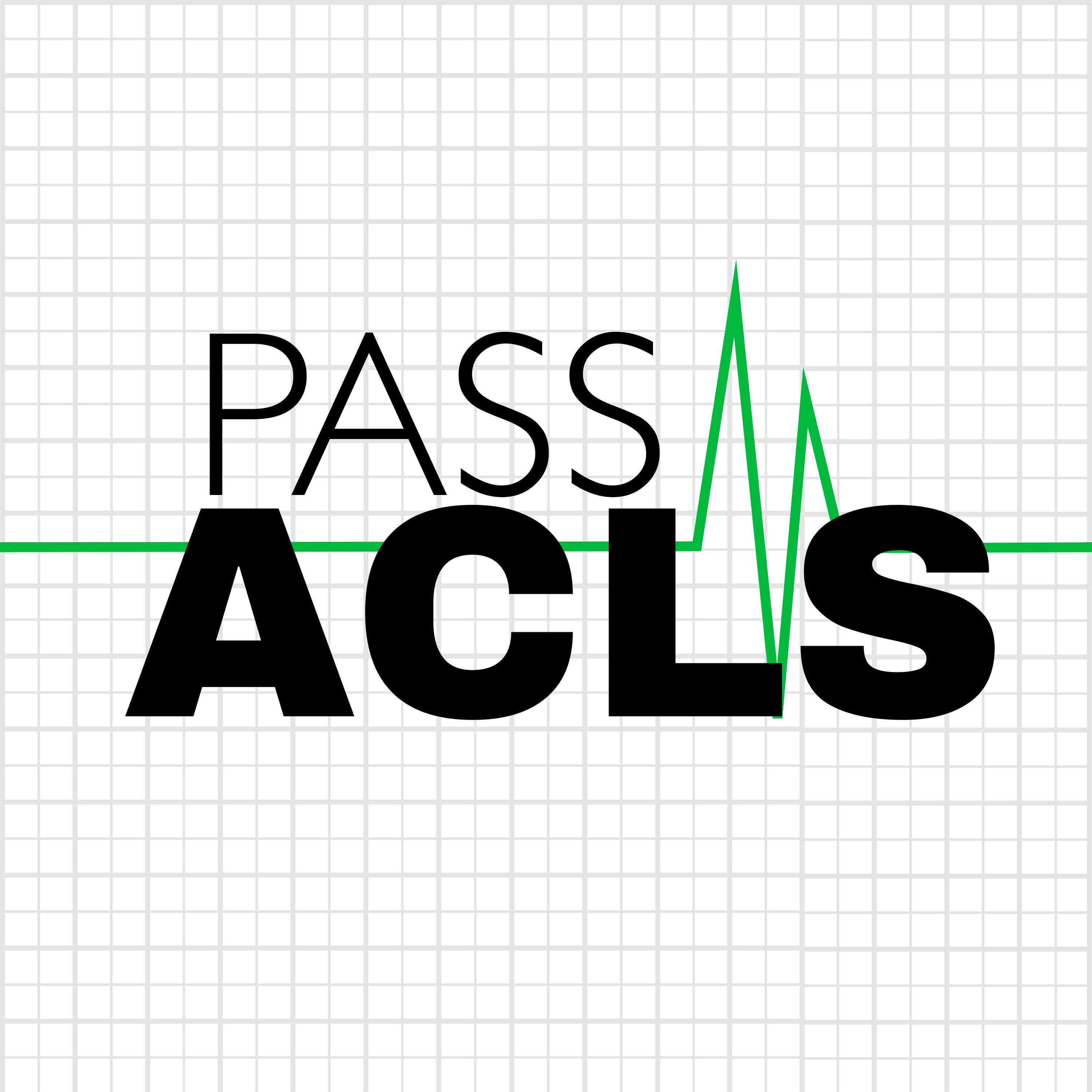Atrial Fibrillation or Flutter with RVR
Description
In atrial fibrillation (A-Fib) and atrial flutter (A-Flutter) the electrical impulse for cardiac contraction is in the atria but isn't the normal pacemaker of the heart, the SA node.
The ECG characteristics of A-Fib and A-Flutter.
Recognition and treatment of unstable patients in A-Fib/Flutter with rapid ventricular response (RVR).
Suggested energy settings for synchronized cardioversion of unstable patients with a narrow complex tachycardia.
Team safety when cardioverting an unstable patient in A-FIB/Flutter.
Adenosine’s role for stable SVT patients with atrial rhythms.
Treatment of stable patients in A-Fib/Flutter with RVR.
For other medical podcasts that cover narrow complex tachycardias, visit the pod resource page at passacls.com.
Connect with me:
Website: https://passacls.com
@PassACLS on X (formally known as Twitter)
@Pass-ACLS-Podcast on LinkedIn
Give back - buy Paul a bubble tea here
Good luck with your ACLS class!
More Episodes
The tongue is the most common airway obstruction in an unconscious patient.
Insertion an oropharyngeal airway helps keep the patient’s tongue from falling to the back of the pharynx, causing an airway obstruction.
The oropharyngeal airway is sometimes called an OPA or simply an oral airway....
Published 05/22/24
Published 05/22/24
Hypoxia is a state of low oxygen levels in the blood.
Determining hypoxia using a pulse oximeter or arterial blood gasses (ABGs).
A goal of ACLS is to recognize signs of hypoxia and provide timely treatment to prevent an arrest.
Examples of some things that might lead us to think of hypoxia...
Published 05/21/24


